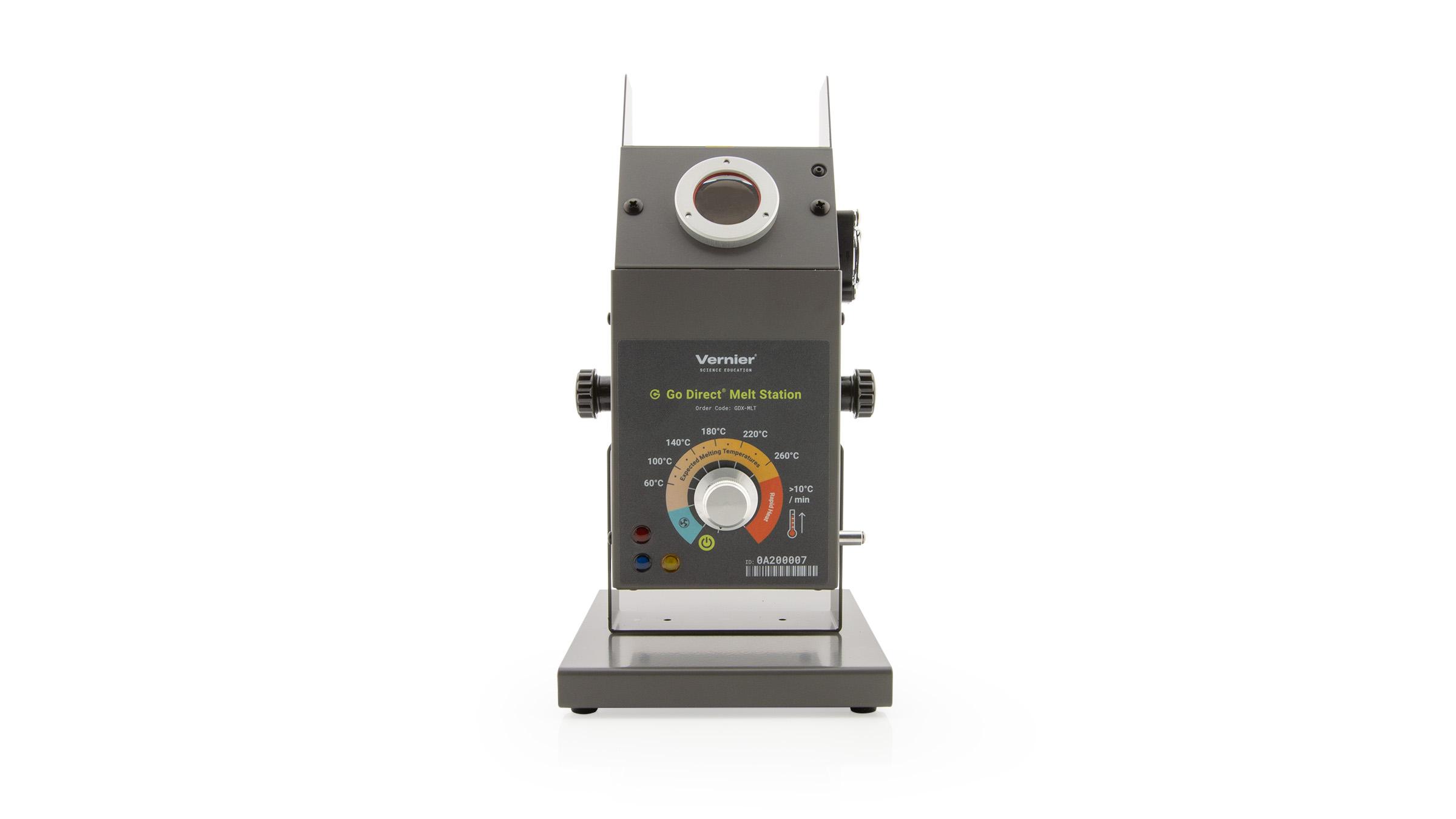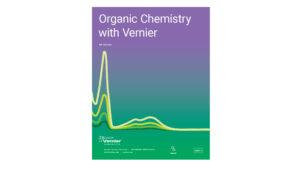Separation of Organic Compounds by Acid-Base Extraction Techniques
Experiment #5 from Organic Chemistry with Vernier
- Education Level
- College
Introduction
A commonly used method of separating a mixture of organic compounds is known as liquid-liquid extraction. Most reactions of organic compounds require extraction at some stage of product purification. In this experiment you will use extraction techniques to separate a mixture of an organic acid, a base, and a neutral compound.
Organic acids and bases can be separated from each other and from neutral compounds by extraction using aqueous solutions of different pH values. Most organic carboxylic acids are insoluble or slightly soluble in water, but these compounds are highly soluble in dilute aqueous sodium hydroxide because the acid is deprotonated by the base producing the sodium carboxylate salt.
The carboxylic acid can be selectively isolated by dissolving the mixture in an organic solvent that is immiscible with water, and then extracting the solution with sodium hydroxide. The basic aqueous solution containing the carboxylate salt is acidified, causing the sodium carboxylate salt to convert back to the carboxylic acid, which is not water soluble. The acid will precipitate from the solution, as shown here.
Organic bases (e.g., amines) that are insoluble in water can be separated by extraction with hydrochloric acid. Addition of HCl to the amine produces the corresponding ammonium salt, which is soluble in water but not in organic solvents.
The amine can be recovered from the aqueous solution by treatment with a base, converting the ammonium salt back to the amine. The amine is not water-soluble and will precipitate, as shown here.
Using your understanding of these properties, separation of a mixture containing a carboxylic acid, an amine, and a neutral compound can be carried out via sequential acid and base extractions. The precipitates will be collected and characterized by melting temperature analysis.
Objectives
In this experiment, you will
- Separate a mixture containing benzoic acid, 3-nitroaniline, and naphthalene.
- Calculate the percent recovery of each component in the mixture.
- Measure the melting temperature of each isolated compound.
Sensors and Equipment
This experiment features the following sensors and equipment. Additional equipment may be required.
Option 1

Option 2

Ready to Experiment?
Ask an Expert
Get answers to your questions about how to teach this experiment with our support team.
- Call toll-free: 888-837-6437
- Chat with Us
- Email support@vernier.com
Purchase the Lab Book
This experiment is #5 of Organic Chemistry with Vernier. The experiment in the book includes student instructions as well as instructor information for set up, helpful hints, and sample graphs and data.

